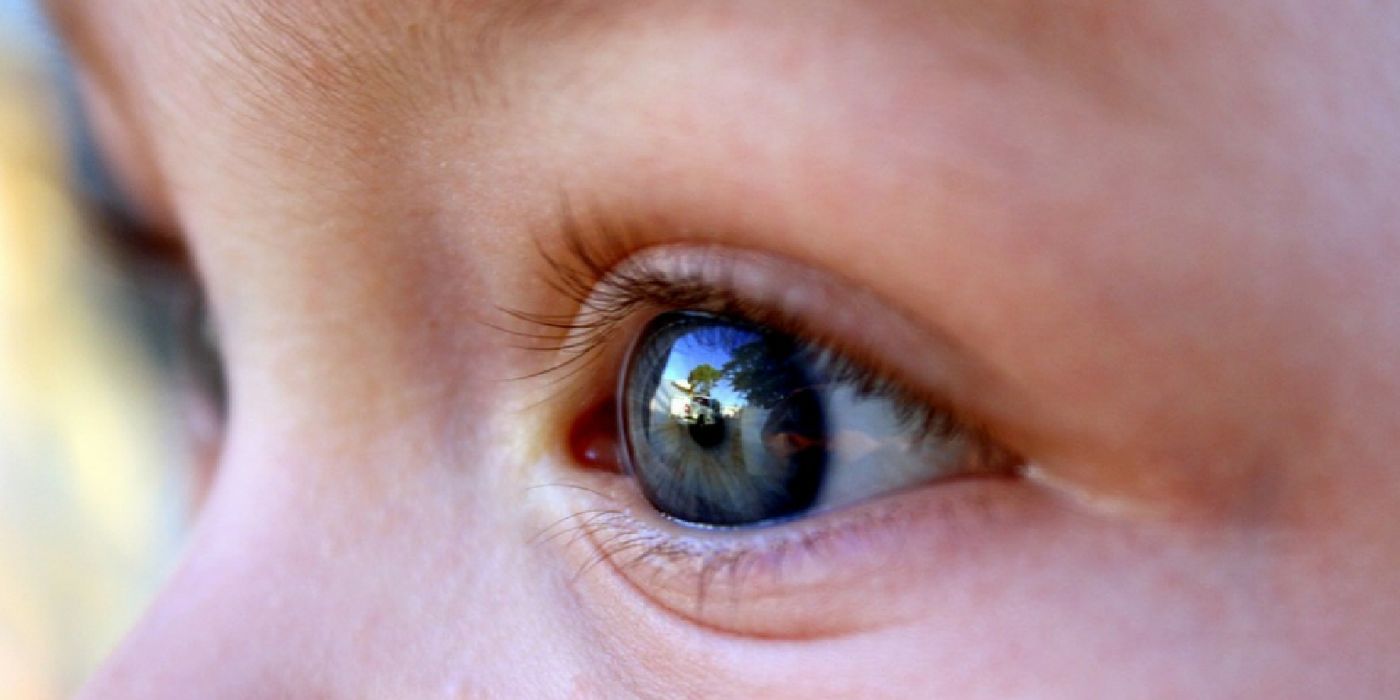Restricted Diet Leaves Boy Legally Blind
When an 11-year-old boy showed signs of severe vision deterioration, doctors were perplexed since there didn’t seem to be a family medical history. Upon further investigation, they found the cause of the boy’s vision impairments was a severely restricted diet.
The boy’s parents observed that their son’s vision seemed to be declining for a period of 8 months. When doctors finally examined the boy’s eyes, they found physical signs of deterioration in his eyes and vision. His cornea had “Bitot spots,” which are raised patches that occur when the eye is abnormally dry. Furthermore, the boy’s vision was impaired – he could only see within 12 inches of his face.
Although the boy didn’t have a family history of vision impairment, he did have a history of eczema and food allergies. Eczema causes the skin to become inflamed and irritated. His parents feared the eczema can be triggered or exacerbated by certain foods, and so they reportedly restricted his diet to potatoes, pork, lamb, apples, cucumbers and Cheerios.
Hidden in this diet regimen was the smoking gun behind the boy’s vision impairment. He had vitamin A deficiency because the foods he ate didn’t provide enough of this compound (around 2,000 IU per day).
"Vitamin A deficiency is very common in poorer parts of the world, where it is a leading cause of blindness," said Dr. Eyal Cohen, a pediatrician at The Hospital for Sick Children in Toronto who treated the boy. "People who have highly restricted diets like the child in this case report are at higher risk of [vitamin A deficiency] and other nutritional deficiencies."
Blood tests confirmed the doctor’s suspicions. The boy's vitamin A levels were 14.3 micrograms per deciliter (ug/dL), which is approximately 2 to 3 times lower than what it should be (normal range is 25.8 to 48.7 ug/dL).
The boy was immediately treated with “megadoses” of vitamin A. Six weeks after treatment, his eyes showed signs of significant improvement, with no Bitot spots or the severe dryness.
His vision also improved, but only so much. At his follow-up assessment, the boy had 20/800 vision in both eyes, which is considered legally blind by the American Foundation for the Blind. Unfortunately, doctors think the damage to his vision is not likely to be reversible.
Additional sources: Live Science









